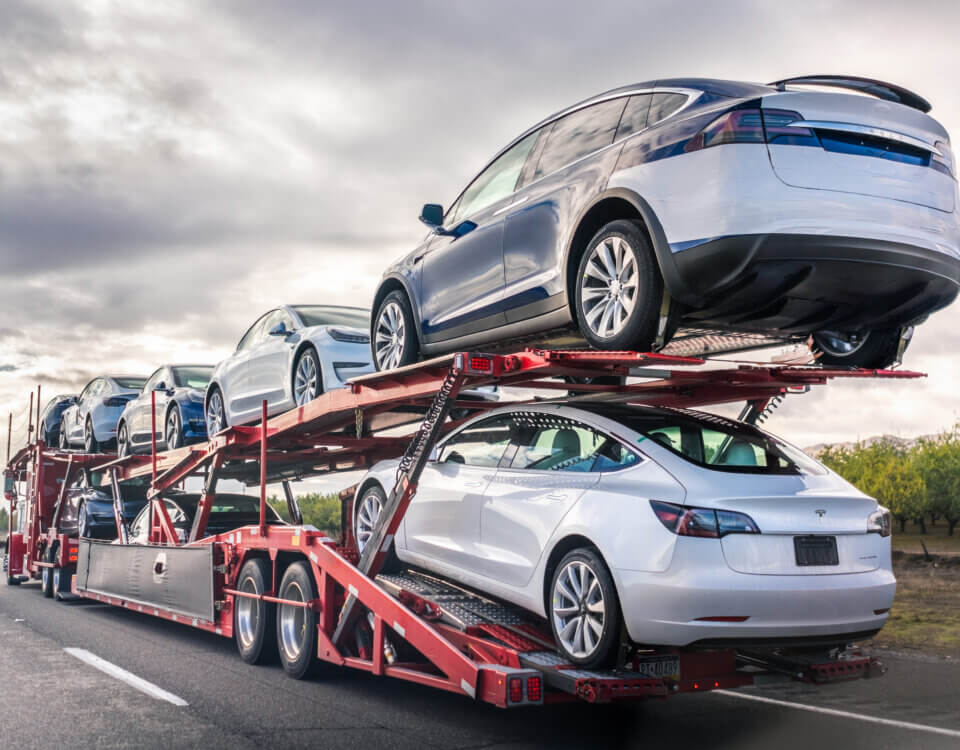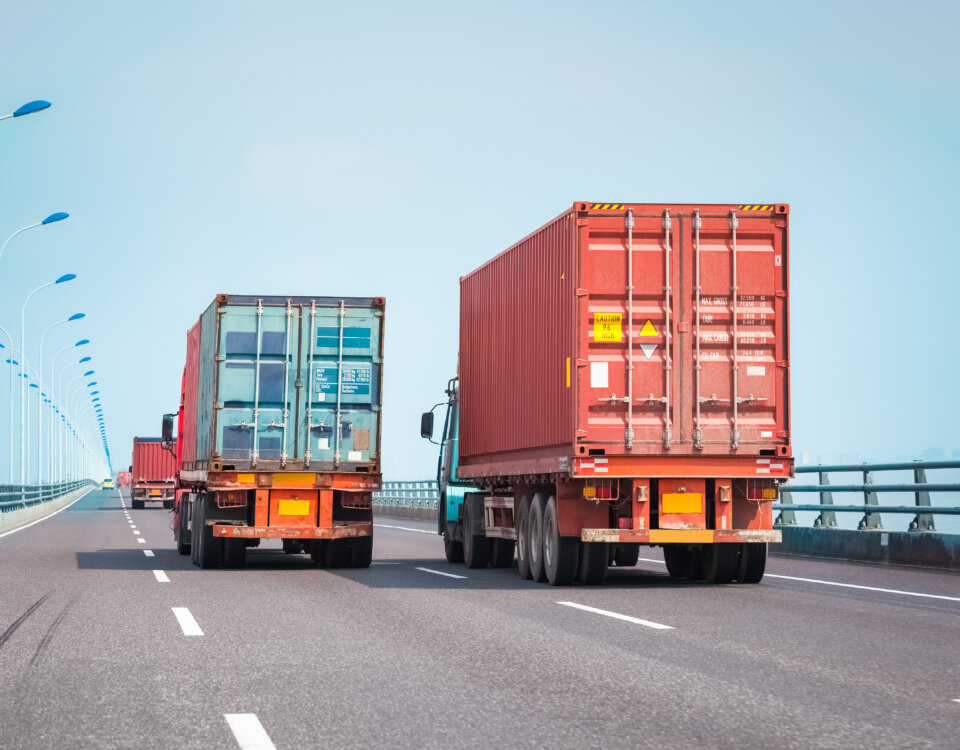California’s bustling e-commerce market has transformed how goods move through neighborhoods and highways. While online shopping offers convenience, the surge in delivery traffic has introduced new risks for drivers, cyclists, and pedestrians.
Why E-Commerce Deliveries Are Increasing
- Growing Online Shopping Demand: More Californians are ordering everything from groceries to furniture.
- Same-Day and Next-Day Expectations: Companies like Amazon, FedEx, and UPS compete to deliver faster.
- Pandemic-Driven Habits: COVID-19 accelerated online shopping, and many of those behaviors remain.
Safety Concerns Linked to Delivery Traffic
- Congested Residential Streets: Frequent stops by delivery vans can block driveways and narrow lanes.
- Inexperienced or Rushed Drivers: Tight schedules may lead to speeding, illegal parking, or sudden maneuvers.
- Increased Pedestrian Risks: More vehicles in neighborhoods raise the likelihood of crosswalk accidents.
- Parking Lot Collisions: Busy shopping centers see more delivery trucks mixing with cars and pedestrians.
Real-World Impacts in California
- Urban Centers Like Los Angeles: Rising collisions near distribution hubs and retail districts.
- Suburban Neighborhoods: Residents report blocked sidewalks and visibility issues from parked vans.
- Rural Areas: Increased truck traffic on narrow highways contributes to local accident spikes.
Tips for Staying Safe
- For Drivers: Slow down in residential areas and watch for sudden stops or turns by delivery trucks.
- For Pedestrians: Use crosswalks and stay alert near parked vans that may pull out suddenly.
- For Cyclists: Avoid riding in delivery truck blind spots, especially on narrow streets.
Moving Toward Safer Roads
Cities and delivery companies are exploring solutions such as designated delivery zones, better driver training, and updated traffic infrastructure. As e-commerce continues to grow, balancing convenience with public safety will be essential for California communities.
Note: These blog posts are created solely for the use of Hillstone Law. The information is gathered from internet research, publicly available sources, and artificial intelligence (AI) tools such as ChatGPT. While we aim to share helpful and educational content, Hillstone Law does not independently verify every detail. Some information may be incomplete, outdated, or subject to change without notice. If you believe any part of a post is inaccurate, misleading, or infringes upon copyright, please contact Hillstone Law immediately so we can review it and take appropriate action, including correction or removal.
Disclaimer: The material provided in these blogs is for general informational purposes only and should not be considered legal advice. Reading these posts does not create, and is not intended to create, an attorney-client relationship with Hillstone Law. Our intent is to share knowledge, raise awareness, and provide helpful resources to the public; however, Hillstone Law makes no warranties or guarantees about the accuracy, completeness, or reliability of the information provided, and expressly disclaims liability for any actions taken in reliance on it. The photos used in these posts are for illustrative purposes only and do not depict actual clients, individuals, or incidents unless expressly stated. If you or a loved one has been injured in an accident, please contact Hillstone Law at (855) 691-1691. Our attorneys are available to answer your legal questions and help you understand your rights.







